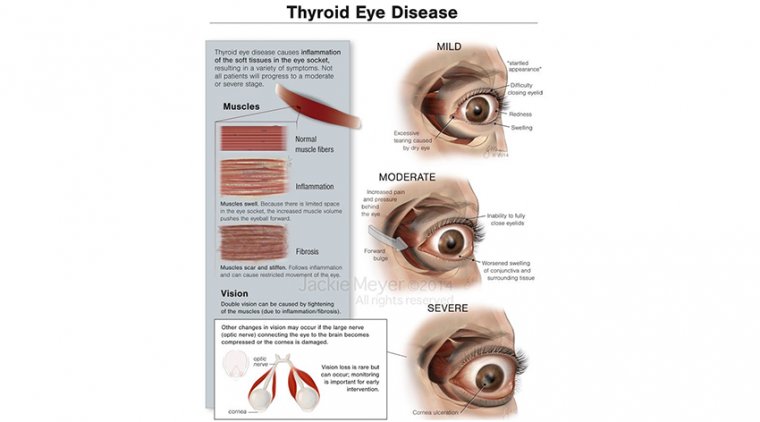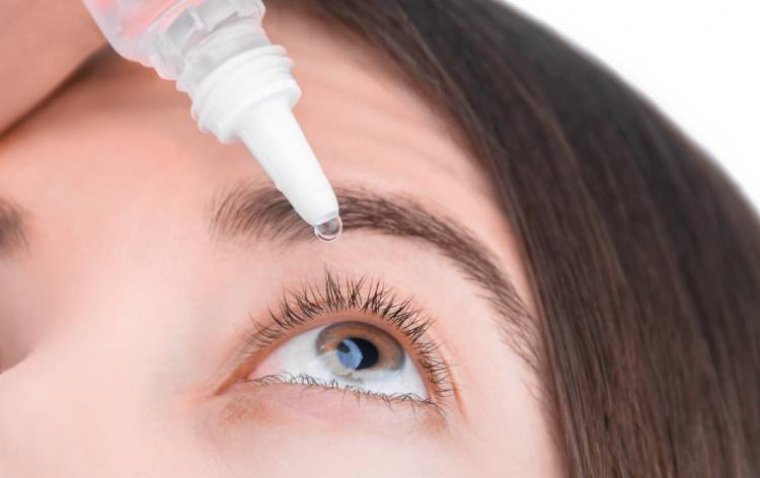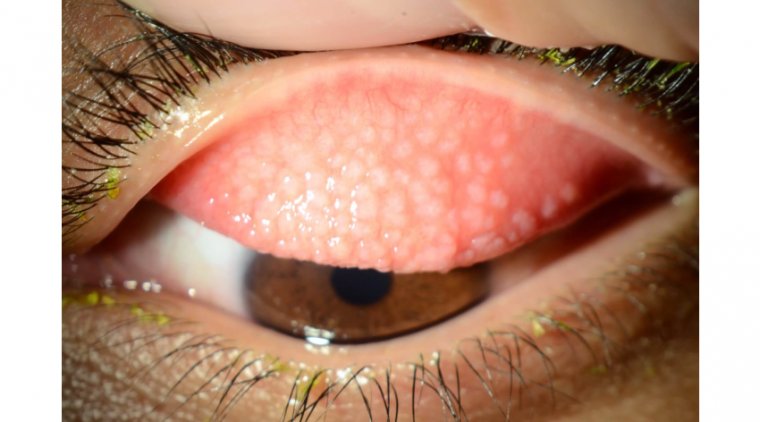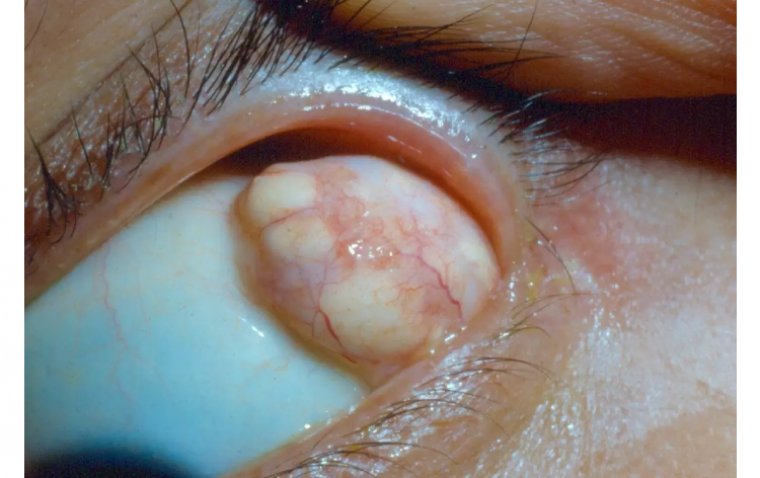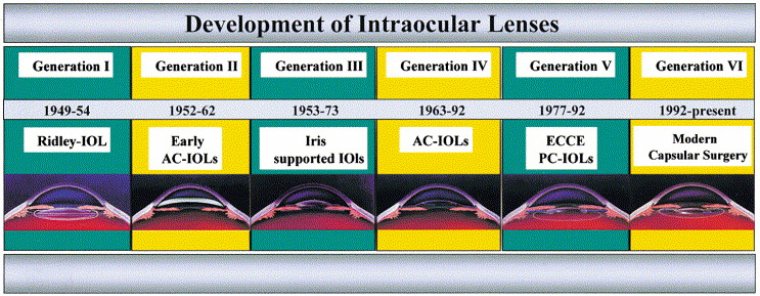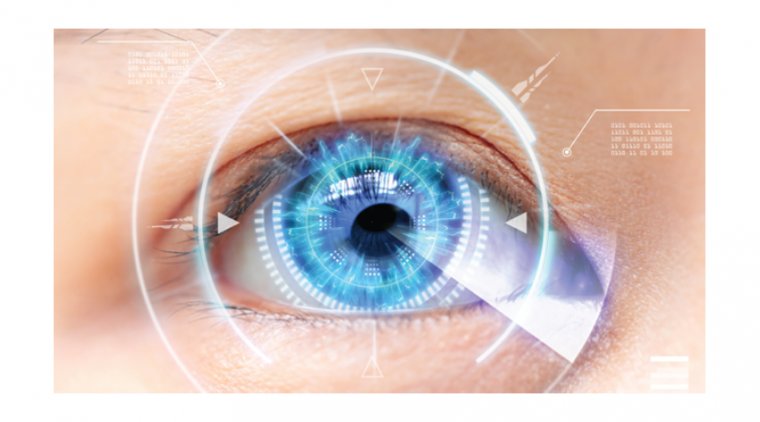
Top 10 Eye Care Trends to Watch in the Next Decade
The field of ophthalmology is constantly evolving with new technologies and treatments emerging every year. In the next decade, we can expect even more advancements that will revolutionize the way we approach eye care. Here are the top 10 eye care trends to watch in the next decade:
(3).jpg)
1. Artificial Intelligence
Artificial intelligence is already revolutionizing the field of ophthalmology, with its ability to identify patterns and predict disease progression. In the coming years, we can expect AI to play a more significant role in the diagnosis and treatment of eye diseases, allowing doctors to deliver personalized treatment plans that are more accurate and effective.
.jpg)
2. Telemedicine
As telemedicine becomes more prevalent in the field of ophthalmology, patients can expect to receive remote access to eye care services, particularly in underserved or remote areas. This technology will allow doctors to diagnose and treat a wide range of eye diseases without the need for patients to visit the clinic in person.
3. Gene Therapy
The development of gene therapy is set to revolutionize the treatment of genetic eye diseases. With gene therapy, a healthy copy of a faulty gene is introduced into the patient's eye, potentially curing previously untreatable conditions. This therapy has the potential to bring hope to patients who have been living with genetic eye diseases.
.jpg)
4. Stem Cell Therapy
Stem cell therapy is a rapidly growing field with the potential to regenerate damaged tissue and restore vision in patients with conditions like macular degeneration and glaucoma. In the next decade, we can expect more clinical trials and advancements in stem cell therapy.
5. Digital Therapeutics
Digital therapeutics, such as mobile apps and software, are being developed to treat and manage eye diseases. In the next decade, we can expect more digital therapeutics to be developed, particularly for conditions such as dry eye and amblyopia.
.jpg)
6. Nanotechnology
Nanotechnology has the potential to revolutionize drug delivery for eye diseases by allowing for more targeted and efficient treatments. In the next decade, we can expect more nanotechnology-based treatments to be developed and tested.
7. Wearable Technology
Wearable technology, such as smart contact lenses and glasses, is being developed to monitor eye health and deliver treatments. In the next decade, we can expect more wearable technology to become available, particularly for monitoring glaucoma and diabetic retinopathy.
.jpg)
8. 3D Printing
3D printing is already being used to create customized implants for patients with eye diseases. In the coming years, we can expect more advances in 3D printing technology, leading to better patient outcomes.
For an in-depth exploration of how 3D printing is transforming ophthalmology today and its future potential, consider reading more at "The Role of 3D Printing Today and Tomorrow."
9. Personalized Medicine
Personalized medicine uses a patient's genetic and clinical data to create individualized treatment plans. Over the next ten years, it is likely that ophthalmology will increasingly adopt personalized medicine approaches, especially when treating age-related eye diseases like macular degeneration.
10. Global Collaboration
Ophthalmology is a global field, and collaborations between researchers and clinicians from different countries and regions are crucial for advancing eye care. In the next decade, we can expect more global collaborations and partnerships to be formed, particularly for addressing the burden of eye diseases in low- and middle-income countries.
In conclusion, the next decade promises to bring many exciting advancements in eye care, from AI and teleophthalmology to regenerative medicine and wearable technology. These trends will lead to more accurate and personalized treatments, improving patient outcomes and quality of life. Ophthalmologists will have a vast range of tools at their disposal, allowing them to diagnose and treat various eye diseases more effectively.
(1).jpg)
